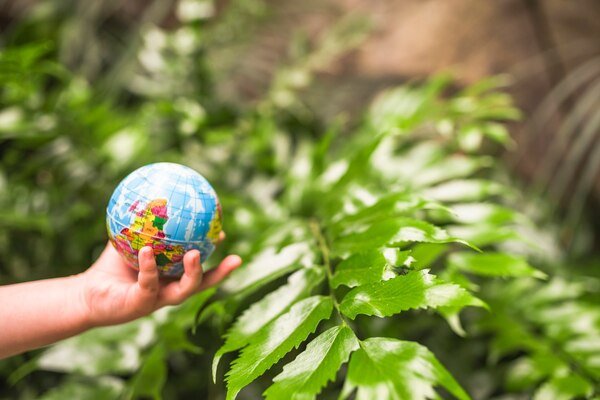The Impact of Climate Change on UK Wildlife
As climate change continues to reshape ecosystems across the globe, the United Kingdom has not been immune to its effects. The increasing temperatures, changing precipitation patterns, and rising sea levels associated with global warming are profoundly influencing UK wildlife, altering habitats and affecting the behaviors, populations, and distribution of various species.

One of the most notable impacts of climate change on UK wildlife is the shift in species' geographic ranges. Rising temperatures are pushing many species, particularly those that thrive in cooler climates, to move northward or to higher altitudes in search of suitable habitats. For instance, butterflies such as the comma and avian species like the chiffchaff are now being observed further north than they historically were. This shift can lead to changes in local biodiversity and new interspecies interactions, which may have unforeseen ecological consequences.
Moreover, the timing of natural events, known as phenology, is also being altered. Many species are experiencing shifts in their life cycles, with events like flowering, breeding, and migration occurring earlier in the year. For example, some bird species are laying eggs earlier due to warmer springs, which can lead to a mismatch in the availability of food resources needed to raise their young. This phenomenon, known as phenological mismatch, poses significant risks to species that depend on specific environmental cues for survival.
Aquatic ecosystems are equally affected by climate change. Warmer water temperatures can lead to the proliferation of harmful algal blooms, which can deplete oxygen levels and release toxins, devastating fish populations and other marine life. Additionally, rising sea levels threaten coastal habitats such as saltmarshes and estuaries, which are crucial breeding grounds for various bird species and act as buffer zones against storm surges.
The UK's marine life is also facing pressures from ocean acidification, a result of increasing CO2 levels being absorbed by seawater. Acidification can weaken the shells and skeletons of marine organisms such as mollusks and certain species of plankton, which are vital components of the marine food web. This disruption has cascading effects, potentially impacting species higher up the food chain, including fish and marine mammals.
Climate change not only affects individual species but also the delicate balance of entire ecosystems. For example, the loss of keystone species or shifts in dominant species can lead to fundamental changes in ecosystem structure and function. In the UK, peatlands, which act as significant carbon sinks, are particularly vulnerable. Changes in temperature and moisture levels can dry out these areas, causing them to release stored carbon dioxide back into the atmosphere, thus exacerbating climate change.
Efforts to mitigate the impacts of climate change on UK wildlife are multifaceted. Conservation strategies include creating and promoting wildlife corridors to facilitate species movement, protecting and restoring habitats, and carefully managing resources to ensure the resilience of ecosystems. Additionally, monitoring programs are essential for tracking changes in species distributions and behaviors, enabling timely adaptive management.
Public awareness and community involvement also play crucial roles in conservation efforts. Encouraging sustainable practices, reducing greenhouse gas emissions, and supporting policies aimed at combating climate change are ways individuals can contribute to the preservation of the UK's natural heritage.
In conclusion, climate change presents significant challenges to UK wildlife, affecting species' ranges, life cycles, and habitats. While the situation is dire, a combination of scientific research, conservation efforts, and public engagement can help mitigate these impacts and foster a more resilient natural environment. Understanding and addressing the interconnected nature of climate change and biodiversity loss is essential for the long-term preservation of wildlife in the UK and beyond.